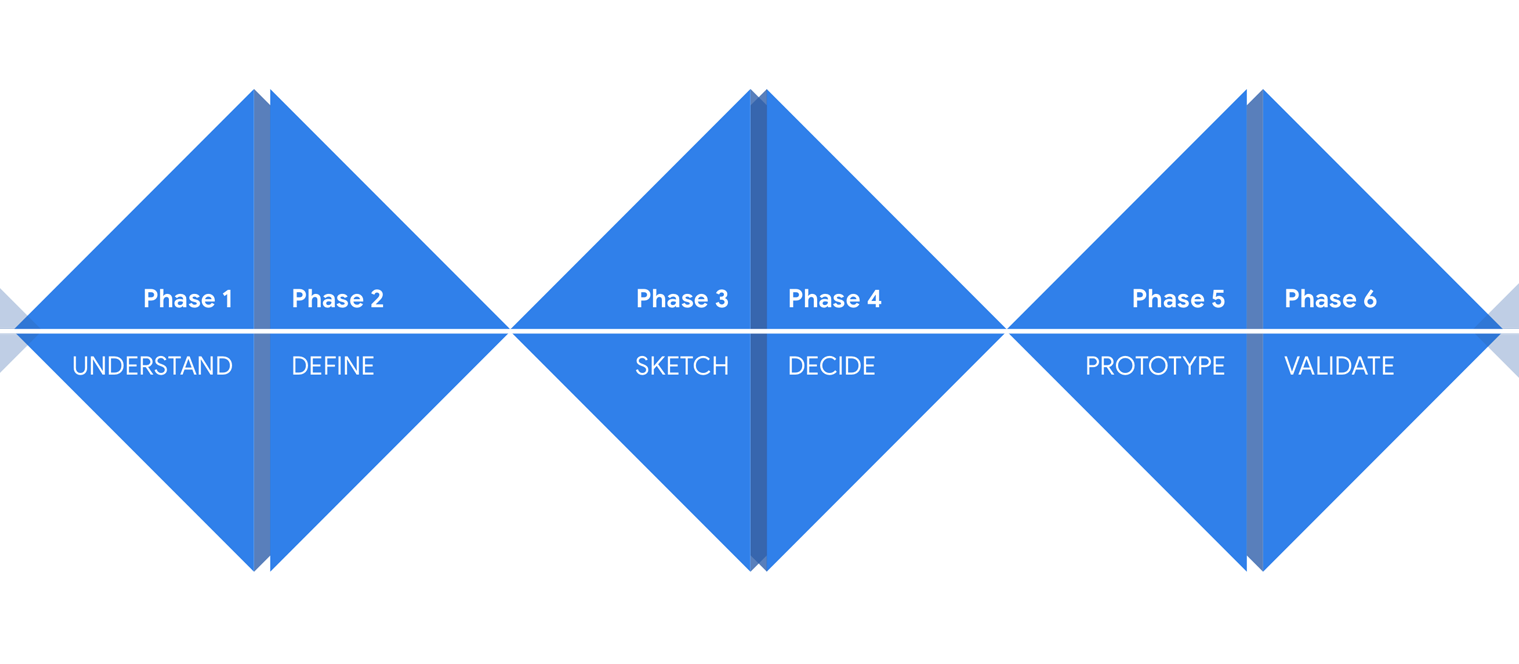

Gantt charts offer a quick and effective visual representation of a project, and they allow for an exhaustive task tracking across the entire lifecycle of a project. After all, nothing helps more with resource planning, milestones and team collaboration like Gantt charts do. And they can help you carry out your Sprints in a much more productive way. Now that you have the facts about the Agile framework, you must be thinking: How does this innovative approach mix with a fundamentally traditional technique, known as Gantt charts? Truth is, they can.

So, before each Sprint, the team must participate in a Sprint planning session, which ultimately will identify two crucial decisions: the Sprint Goal, or the deliverables that will result during said Sprint and the Sprint Backlog, which refers to the list of tasks that will need to be performed during the Sprint in order to reach the goal. Sprint planning is the core of the Agile methods, and they refer to organizing work into fixed, boxed intervals of time during which your team must accomplish previously identified goals.īeing able to maintain consistently effective Sprints is vital to the success of any project within the Agile methodology. Agile, which some even refer to as a “framework” rather than a “methodology”, centers around the notion of iterative development, where organization, collaboration, and cross-functional teams become pivotal to the software development process. The Agile methodology was conceived out of a need to address the most recurrent inefficiencies that came with more traditional project management methodologies.


 0 kommentar(er)
0 kommentar(er)
